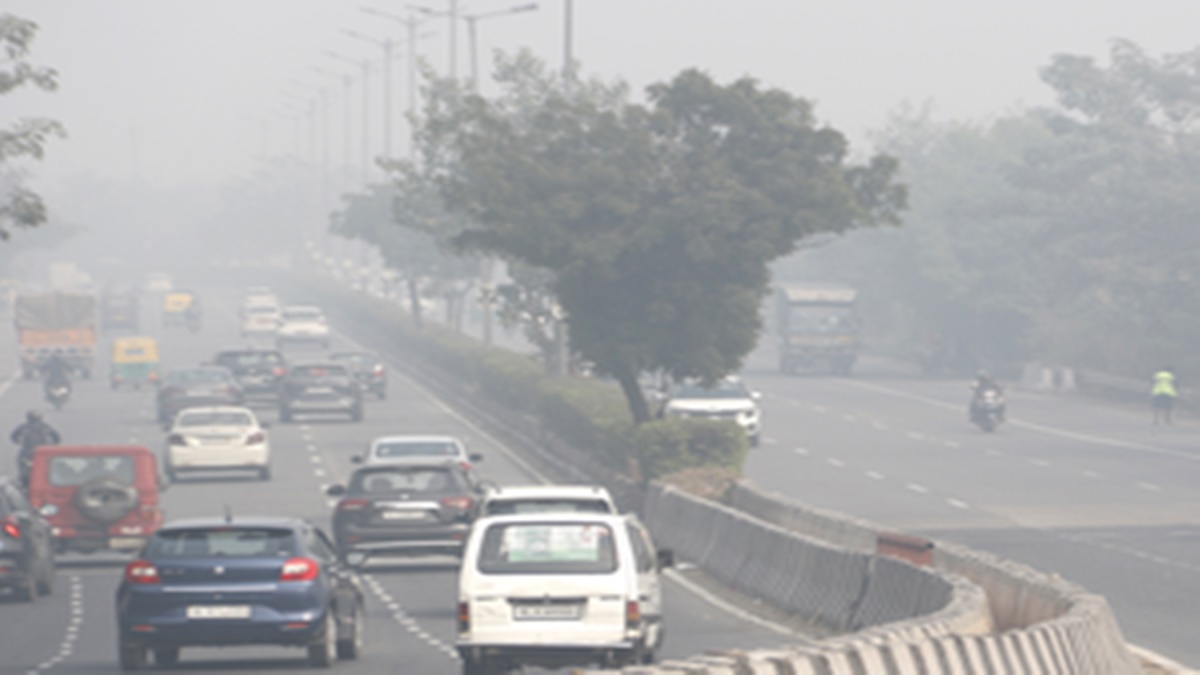Delhi’s air quality has deteriorated sharply, with the air quality index (AQI) exceeding 400 and entering the ‘severe’ category, according to the Commission for Air Quality Management (CAQM).
At 7 AM on Tuesday, Delhi’s AQI was recorded at 421. Areas like Anand Vihar, Ashok Vihar, Bawana, Jahangirpuri, and Alipur reported AQI values ranging from 400 to 470, indicating hazardous air quality.
The Central Pollution Control Board (CPCB) has classified the local air quality as “Very Poor,” while the India Meteorological Department (IMD) reported a minimum temperature of 5 degrees Celsius in Delhi.
“Pollution has become an incurable disease, especially for Delhi,” lamented Bhagat Singh, a local resident. “This is a yearly problem. Many people who used to enjoy morning walks have stopped due to the pollution. The government needs the willpower to resolve this issue.”
Another resident noted the dense fog, stating, “The temperature was about 7 degrees Celsius, and the fog was so thick that cars were initially invisible on the road.”
In response to the deteriorating air quality, the Sub-Committee of the Commission for Air Quality Management (CAQM) implemented Stage IV of the Graded Response Action Plan (GRAP) across the National Capital Region (NCR) on Monday night with “immediate effect.”
This decision followed Delhi’s AQI surpassing 400. On Monday night, the AQI was reported as 399 at 9 PM and crossed into the severe zone at 401 by 10 PM.
GRAP-III restrictions had been previously re-imposed across the NCR after the AQI breached 350 amid “highly unfavourable meteorological conditions” and “other factors affecting the dispersion of pollutants.”
The Sub-Committee on GRAP attributed the worsening air quality to “a drastic reduction in the mixing layer height and continued calm wind conditions over Delhi.”
The Committee teams are closely monitoring the air quality situation in Delhi.
(With an input from ANI)




















